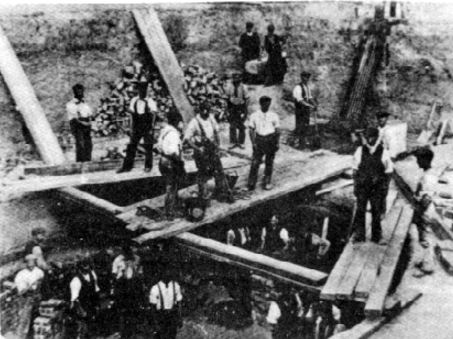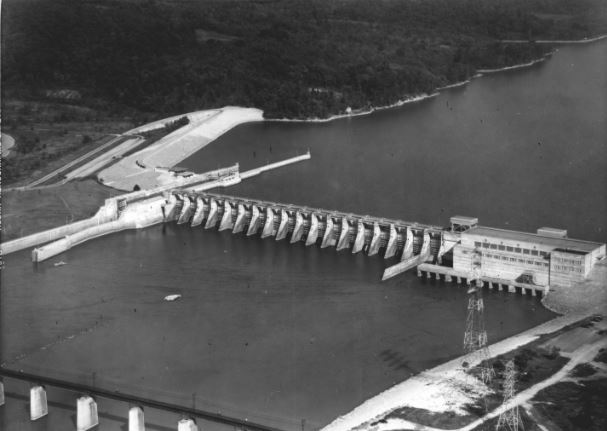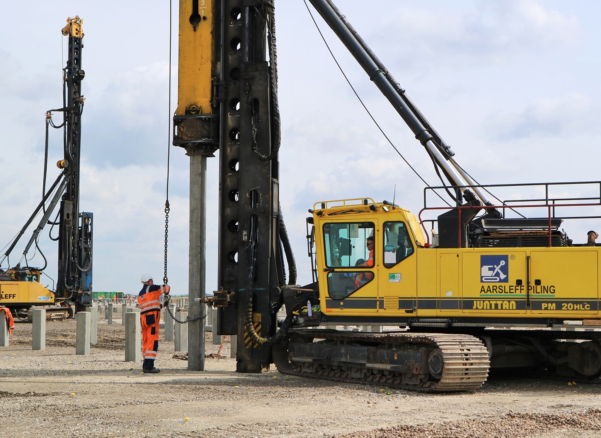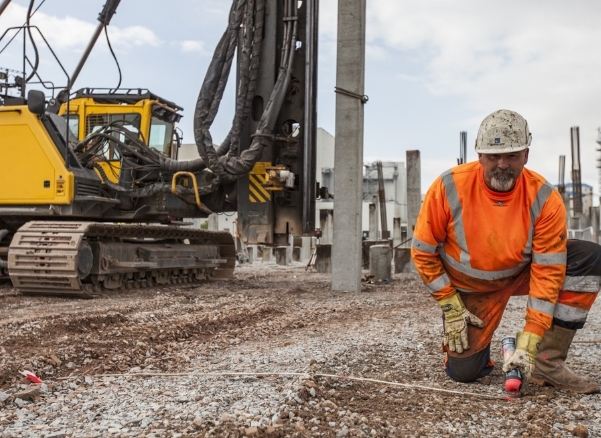Grouting – The History
Categories:
Company NewsGrouting – The History
Grouting in civil engineering refers to the injection of pumpable materials into a soil or rock formation to change its physical characteristics. It is one of the ways in which ground water can be controlled during civil engineering works. Grouting is suitable where soil permeability would create a heavy demand on pumping or where ground conditions mean it may be economically inefficient to bore wells. Grout may also be used in the formation of pile foundations, ground anchors, underreaming, underpinning, in road construction, dam construction and so on. Different materials may be used for grouting depending upon the soil or rock type, the area to be grouted and so on. However, the basic process is the same: the soil or rock is injected with fluid grout which sets and reduces or acts as a sealant on the material’s permeability.
Glossop states that the word “grouting” was used only my masons and bricklayers until adopted by tunnel miners for the method of injecting a lime slurry behind cast-iron liners, invented by Barlow in 1864 and improved by Greathead in 1886. The term then spread to cover a variety of injection processes.
1802
According to geotechnical historians, Grouting was first used to repair a sluice at Dieppe, France, by Charles Berigny. Holes were filled with the liquid grout, and a tow ball was placed on top. A wooden piston then drove the grout into the foundation.

1802 – 1809
Grouting was used for the repair of locks of several ports in France
1837
Raynal wrote a paper on the use of grouting for repairing masonry
1911
At Hatfield Colliery near Doncaster, the process known as “silicatization” was successfully used in shaft sinking.

1919
Asphalt grouting was used by G. W Christian at Hales Bar Dam, Tennessee, in Cavernous limestone where despite the use of several thousand tons of cement in grouting, the dam leaked seriously on the first filling. In an attempt to remedy this, asphalt was injected hot through a heat pipe when it left the pipe, it cooled and stiffened quickly. 11,000 barrels of asphalt were injected, and this was partly effective.

1925
Joosten patented the chemical grouting process now known by his name. It enabled grouting to be carried out in aluminium, down to sand sizes. The process consists of injecting 2 chemicals successively. These react in situ to form a gel.
1932
Hoover Dam marked the development of a systematic approach to dam grouting. The job marked the acceptance of cement grouting as a normal feature at dams for both foundation grouting and for grouting the contraction joints between the concrete blocks forming the dam.

1950
Compaction grouting was introduced in 1950. This process uses a zero slump grout made of cement, sand and water that compresses any weak materials in a foundation.

Now
Aarsleff has the specialist plant and labour to carry out all types of drilling and grouting works. Drilling and grouting can be used for soil stabilisation, waterproofing, soil mixing to increase the strength of soil and many other applications.
Aarsleff understands that every site presents its own unique challenges, so you need a bespoke approach to find the best solution. We don’t just deliver: we work with you from the outset, designing schemes that meet all regulatory requirements providing you with a value engineered solution. Working with our in-house geotechnical experts, the drilling and grouting team offer the following services:
- Comprehensive rotary drilling site investigation services.
- Stabilisation of shallow mine workings.
- Stabilisation of mine entries.
- Drilling services for standard and restricted access projects
Bulk infilling and grouting services for:
- Tunnels
- Culverts
- Cellars
- Sewer systems
- Sub surface voids
- Sinkholes
- Soil nailing
- Ground anchoring
- Geotechnical drilling
- Compaction grouting to stabilise granular and fine-grained soils
- Borehole drilling for ground-source heat pumps.
Benefits
- Well established method
- Maintenance free
- Grouting can prevent the collapse of granular soils, settlement under adjacent foundations, groundwater movement, utilities damage and tunnel run-ins
- Increases soil strength and rigidity
- Reduced ground movement
- Groundwater control
- Predictable degree of movement
- Jet Grouting is the safest method of underpinning construction
- Can be performed in limited working space
- Designable strength and permeability
For more information about Aarsleff Ground Engineering or to send in your enquiry, call 01636 611140 and speak to a member of our expert team today, or drop us an email
The Latest. News, podcasts & projects






